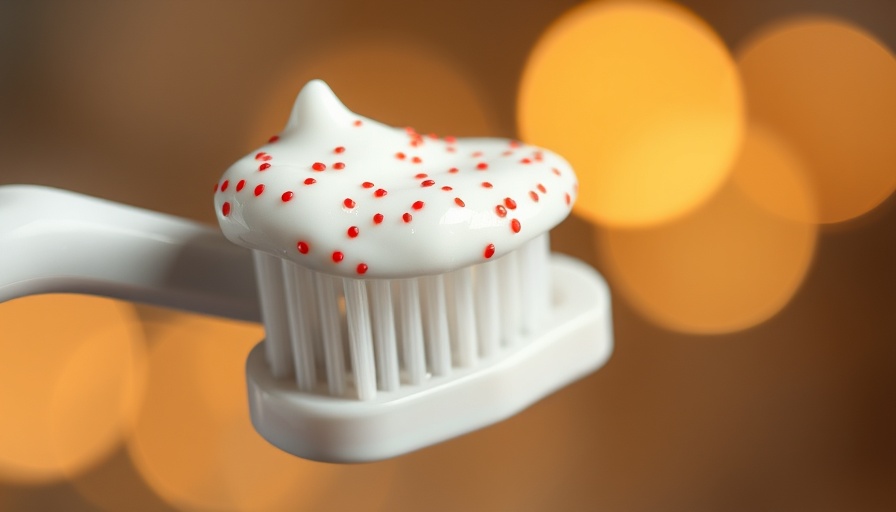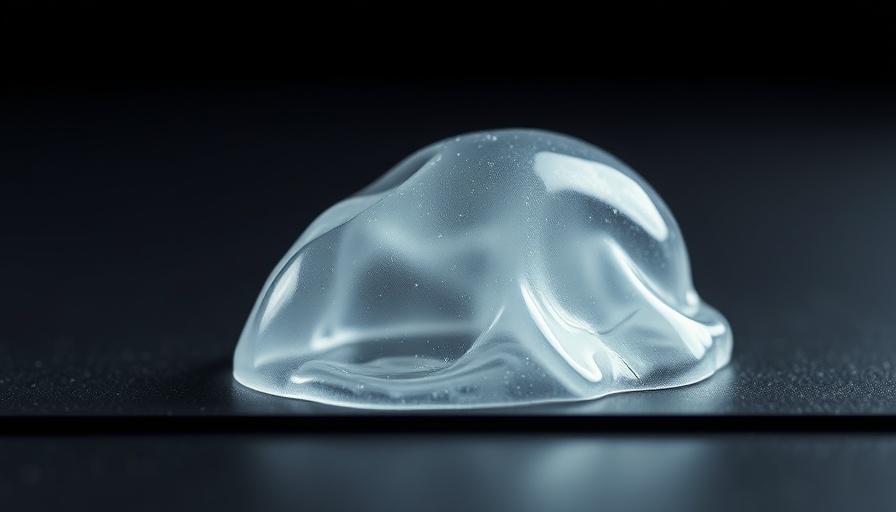
Understanding the Rise of Oil Pulling
Oil pulling has surged in popularity as a natural remedy for dental care, often set against the backdrop of skepticism towards traditional oral health products. Advocates argue that switching to oil pulling is a rebellion against what they perceive as the monopolistic practices of 'big dental'—a term used to describe the hefty marketing strategies of major toothpaste and toothbrush brands.
In 'oil pulling scams? #shorts', the discussion dives into the evolving narrative around oil pulling, prompting deeper analysis on the implications of this trend.
The Irony of Modern Oil Pulling Products
However, recent trends reveal an ironic twist. Despite earlier denunciations of commercial dental products, some businesses have begun to repackage coconut oil and other natural oils, placing them prominently on supermarket shelves in the dental aisle. This shift poses an intriguing question: how does this affect the perception of oil pulling among its original advocates? The transformation may signal a growing acceptance of these products, suggesting that even natural remedies can be co-opted by significant commercial interests.
Oil Pulling: Benefits and Risks
While oil pulling is generally considered safe and may have some benefits, such as reducing plaque and improving gum health, it's important to highlight that it should not replace conventional dental hygiene practices like brushing and flossing. Experts warn that relying solely on oil pulling without proper dental care could lead to a false sense of security and potentially harmful dental issues.
Why Choose Coconut Oil from the Cooking Aisle?
The essence of oil pulling lies in its simplicity and cost-effectiveness. As our insight from the video suggests, the original appeal of oil pulling was that it was inexpensive. By purchasing coconut oil from the cooking oils section rather than the dental aisle, consumers can enjoy the same benefits without being ensnared by higher prices and branding strategies. This approach aligns with the natural remedy ethos that oil pulling was intended to embody.
The Future of Natural Dental Products
As consumer behavior shifts towards preferring natural products over traditional options, we're likely to see an increase in the variety of natural remedies hitting the shelves. While this could democratize health choices, it also amplifies the need for consumer education. Individuals should be informed not just about the advantages but also about the limitations of natural remedies.
The Conclusion: A Balanced Approach to Oral Health
In conclusion, while oil pulling can serve as an adjunct to a robust dental care routine, it’s crucial to maintain regular brushing and flossing. The trend in commercializing oil pulling is a reminder of the delicate balance between seeking natural solutions and the realities of consumerism. When considering health practices, knowledge is power; choose wisely, incorporate varied methods, and most importantly, keep your traditional dental hygiene practices intact.
 Add Row
Add Row  Add
Add 




Write A Comment